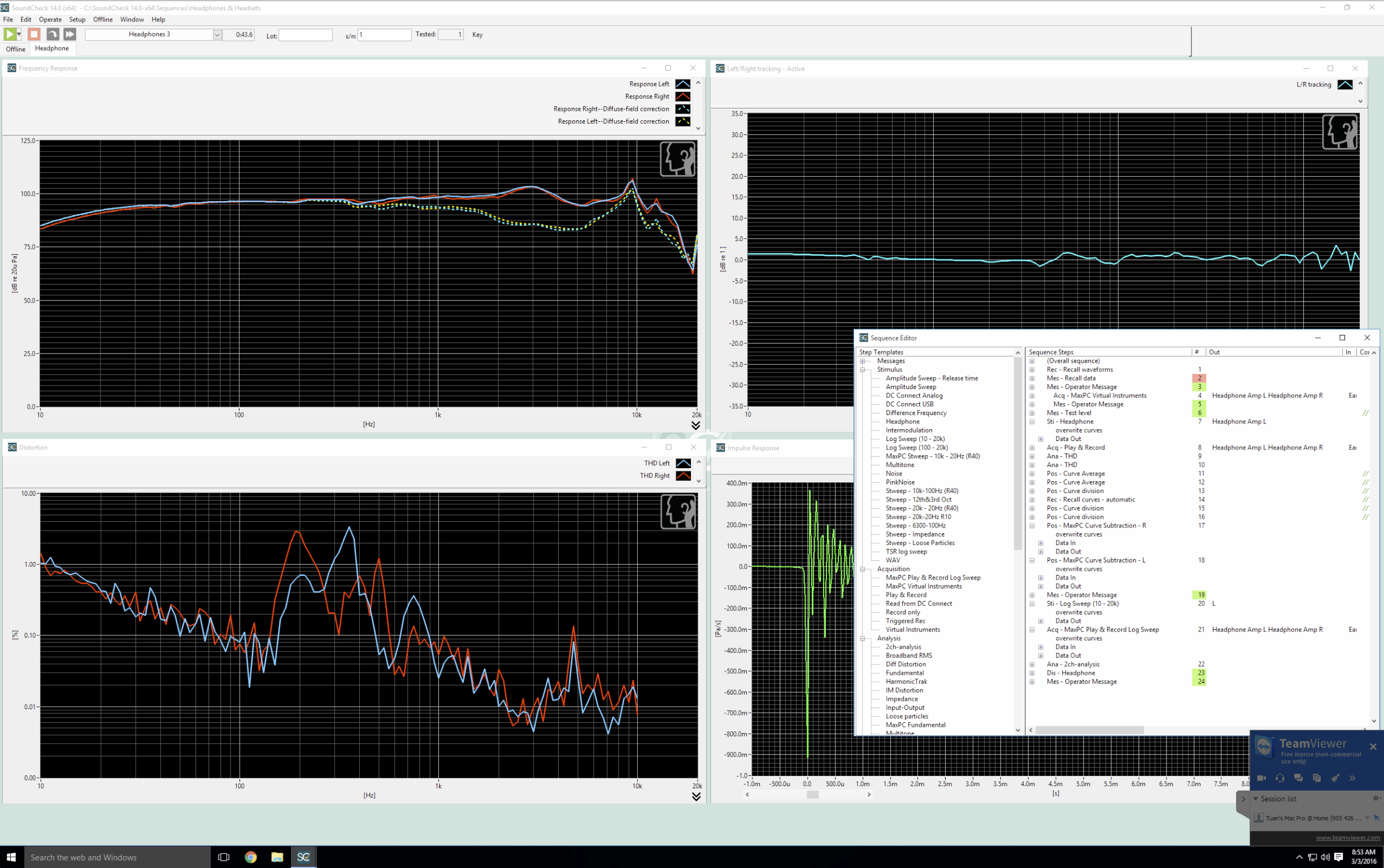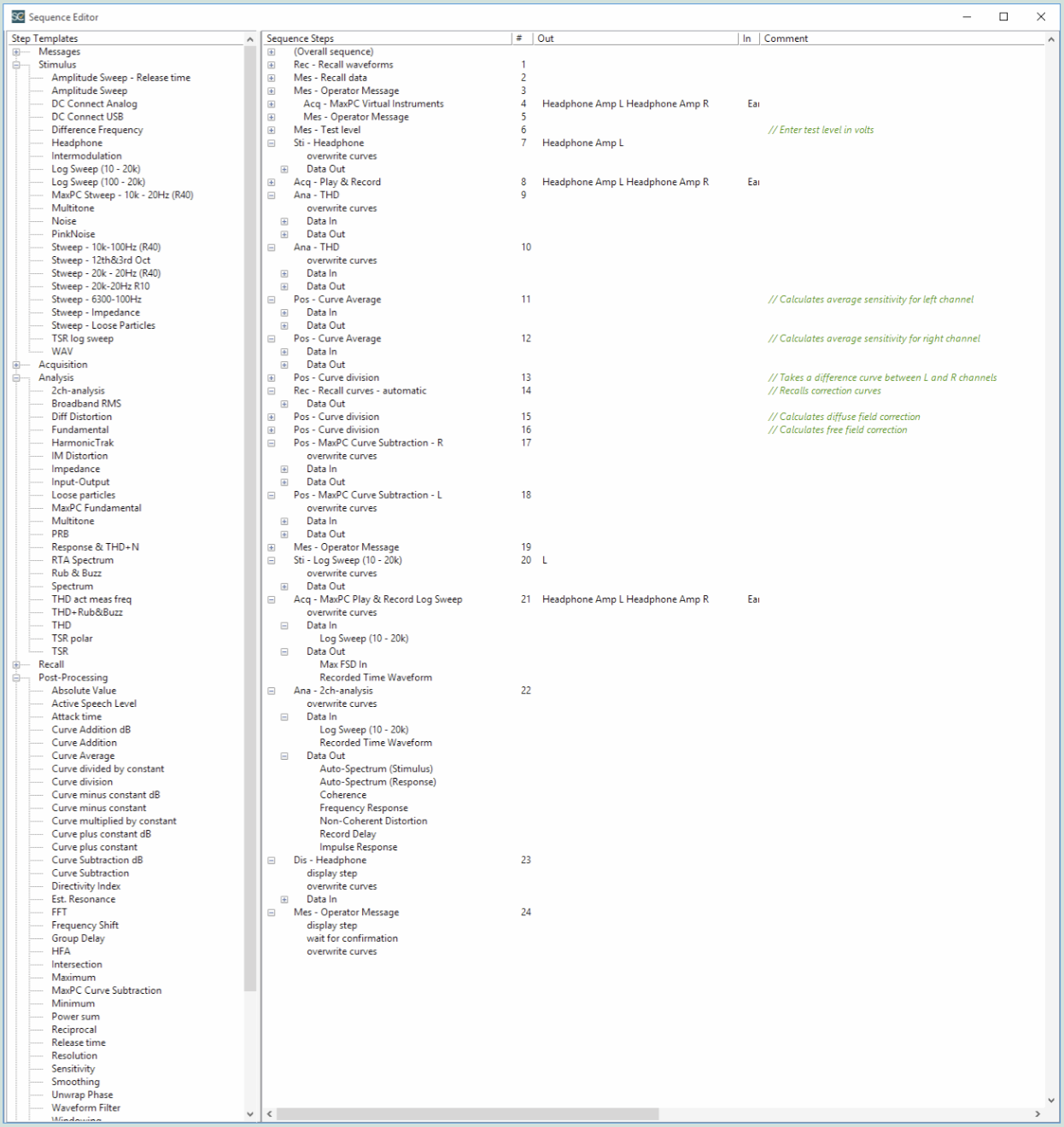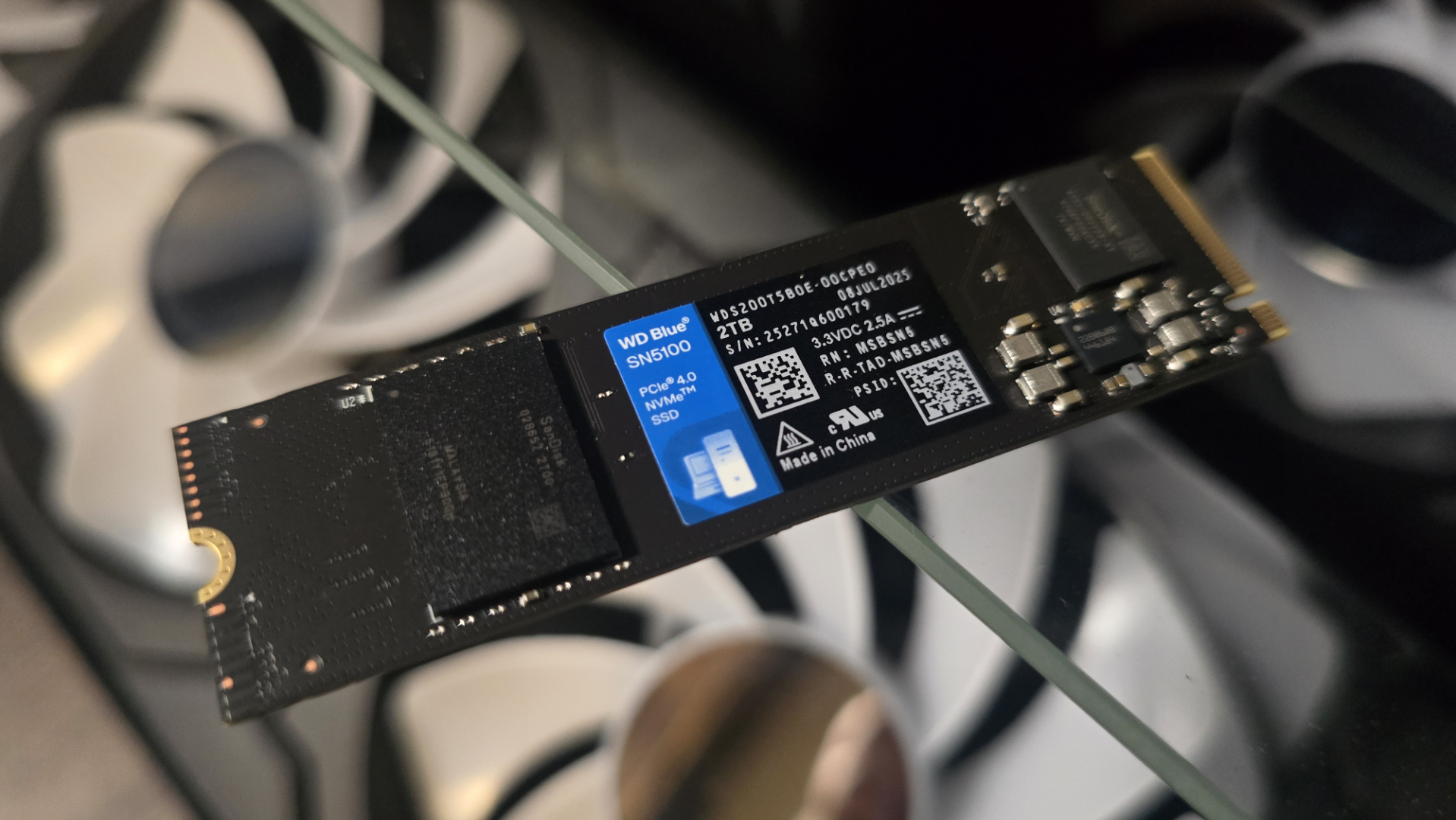How we're testing over 50 headsets and headphones
SoundCheck by Listen Inc.
We're using an application called Soundcheck, an industrial-level analysis program used for audio related tests. If you thought Photoshop or Office were expensive, SoundCheck is on another level entirely. You'll need to cough up about $10,000, so it's definitely not designed for the average home user. However, Vince Rey at Brüel & Kjær graciously provided us with license keys necessary to install SoundCheck, and I was on my way. Well, not quite.
SoundCheck is incredibly comprehensive and powerful; you can't just go in there and run some basic tests. Listen Inc. does provide pre-written sequences that you can use, but SoundCheck allows you to design your own test sequences.
A test is broken down into two basic parts, the sequence and its steps. Steps are logical and can be scripted with some basic programming syntax to allow lows and conditions. Put them all together and you have your basic sequence. When an audio test is run, SoundCheck runs through each step in the sequence and places the results in memory. What you do with the data stored in memory is entirely up to you. SoundCheck can save results into Excel spreadsheets, or as images where appropriate, or maintain results in memory for other things like manipulation or displaying them graphically.

Learning to create your own sequences in SoundCheck is no easy task. Thankfully, Listen Inc. offered to come by and give me some training over two days. Honestly, I could have used more. But video tutorials were available, too, so I spent about a week watching and reading, after which I was able to create custom sequences and generate results that were useful.

In the screenshot above is the Sequences Editor window. On the left pane are all the steps that you can add into a sequence. Primarily, a sequence is composed of at least the four following parts:
- Stimulus: these steps define what kind of tones and sweeps will be played through the headphone. For the purpose of our tests, we're relying on Stweeps, which are stepped-sweeps that start at the highest frequency and progress down to the lowest frequency. Log sweeps are also used to test for things such as impulse response, and start from the lowest frequencies and move up.
- Acquisition: these parts define how the stimulus is recorded.
- Analysis: these steps calculate such things as frequency response, THD, impedance, etc.
- Display: here you customize how you want SoundCheck to show the results gathered.
I decided to also use some steps in Post-Processing to calculate other useful information, such as left/right tracking. PP steps allow you to apply arithmetic calculations to the analysis data to generate new data.
Keep up to date with the most important stories and the best deals, as picked by the PC Gamer team.


